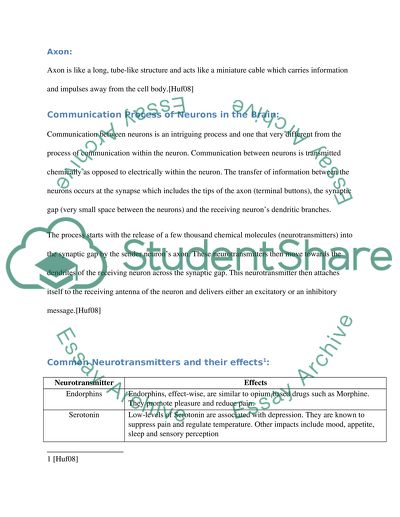Cite this document
(“Brain Response of Behavior Essay Example | Topics and Well Written Essays - 1250 words”, n.d.)
Retrieved from https://studentshare.org/psychology/1430574-brain-response-of-behavior
Retrieved from https://studentshare.org/psychology/1430574-brain-response-of-behavior
(Brain Response of Behavior Essay Example | Topics and Well Written Essays - 1250 Words)
https://studentshare.org/psychology/1430574-brain-response-of-behavior.
https://studentshare.org/psychology/1430574-brain-response-of-behavior.
“Brain Response of Behavior Essay Example | Topics and Well Written Essays - 1250 Words”, n.d. https://studentshare.org/psychology/1430574-brain-response-of-behavior.


